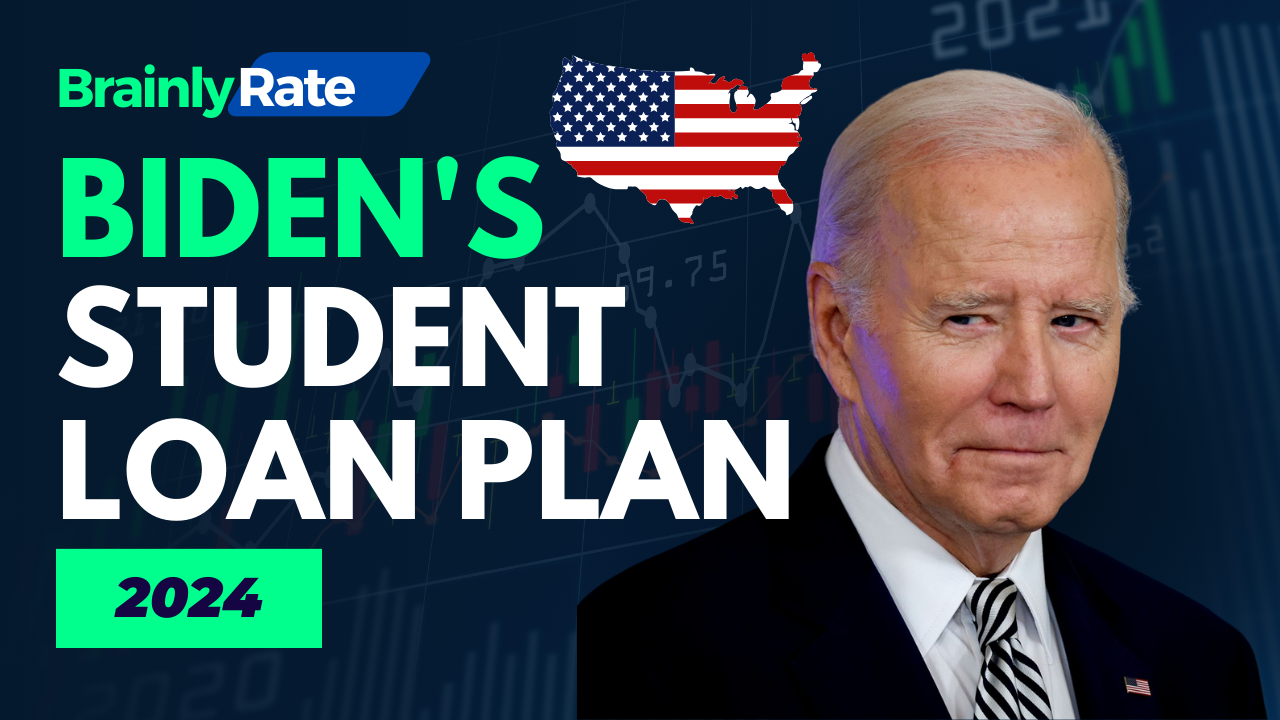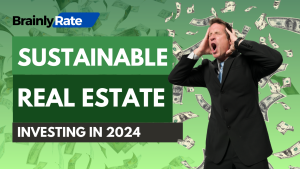The student loan crisis in the U.S. has been a growing concern, with millions of Americans burdened by significant educational debts. Recognizing this, President Biden has made a firm commitment to address the student loan debt issue, offering relief to countless borrowers. This plan is not just about reducing debt but also about addressing the broader challenges in the higher education system.
Key Components of the Plan
President Biden’s plan for student loan relief includes several key components:
- Debt Cancellation: The plan proposes to cancel up to $20,000 in student debt for Pell Grant recipients and up to $10,000 for other borrowers. This relief is targeted at individuals with incomes below $125,000 or couples earning less than $250,000.
- Pause on Repayment: There’s an extension of the pause on federal student loan repayments, providing immediate relief to borrowers. This pause is a critical step in helping borrowers regain financial stability.
- Impact on Borrowers: The plan is particularly beneficial for low- to middle-income borrowers, significantly easing their financial burdens. This move is expected to help close the wealth gap and provide economic relief to millions.
For more detailed information on the plan, you can read the official White House announcement.
Enhancements to Income-Driven Repayment Plans
The Biden administration is also making significant enhancements to income-driven repayment plans:
- Reduced Monthly Payments: The plan proposes cutting monthly payments in half for undergraduate loans, reducing the financial strain on borrowers.
- Income Thresholds and Forgiveness Terms: Changes are being made to income thresholds, ensuring that more low-income borrowers are protected from repayments. Additionally, loan balances will be forgiven after a certain period, benefiting those with smaller loan amounts.
- Real-Life Impact: These changes mean that a single teacher earning $44,000 a year, for example, would see their monthly payment drop significantly, providing substantial annual savings.
For an in-depth analysis of these changes, consider checking out CNBC’s coverage.
Public Service Loan Forgiveness (PSLF) Program Improvements
The Public Service Loan Forgiveness (PSLF) program has faced challenges in the past, but recent improvements aim to rectify these issues:
- Program Overview: The PSLF program was designed to forgive student loans for individuals working in public service jobs. However, it has been criticized for its complex eligibility requirements and implementation issues.
- Recent Changes: The Biden administration has proposed changes to make the program more accessible and effective. These include simplifying the payment qualification process and expanding eligibility criteria.
- Impact on Public Servants: These improvements are significant for borrowers in public service roles, ensuring that their commitment to public work is acknowledged and rewarded with loan forgiveness.
For a different perspective on Biden’s forgiveness plan, Ramsey Solutions provides a comprehensive overview here.
Incorporating these LSI and NLP keywords such as “federal student loans,” “income-driven repayment,” and “loan forgiveness” into the article helps in enhancing its relevance and comprehensiveness regarding the topic of student loan updates under President Biden’s latest plan.
Broader Implications
Addressing Racial and Economic Disparities
The student loan crisis has had a disproportionate impact on Black and minority borrowers, exacerbating the racial wealth gap. President Biden’s plan addresses these disparities by:
- Targeting Relief: The plan focuses on providing relief to those most affected by student debt, particularly Black and minority borrowers who are more likely to carry higher debt loads.
- Economic Equality: By alleviating the burden of student loans, the plan aims to create a more level playing field, allowing for greater economic mobility and opportunity among historically disadvantaged groups.
Future of Higher Education Financing
The Biden administration is also looking at the future of higher education financing with a focus on:
- Controlling College Costs: Efforts are being made to keep college tuition and fees in check, preventing them from escalating beyond the reach of average American families.
- Increasing Accountability: There’s a push for greater accountability from educational institutions to ensure that the investment in higher education translates into tangible benefits for students.
- Long-Term Changes: Potential reforms could include increased federal funding, support for community colleges, and initiatives to make higher education more accessible and affordable.
FAQs
- Will Student Loan Forgiveness Happen?
- Student loan forgiveness is a key component of Biden’s plan. The administration has proposed forgiving up to $20,000 in student debt for Pell Grant recipients and $10,000 for other borrowers, subject to income limitations.
- What are the Changes to the Save Repayment Plan in 2024?
- The Save Repayment Plan is expected to undergo significant changes, including reduced monthly payments and revised income thresholds, making it more accessible and beneficial for borrowers.
- What is the Government Education Loan Scheme 2023?
- The Government Education Loan Scheme 2023 refers to various federal loan programs and initiatives, including those introduced in Biden’s plan, aimed at providing financial assistance to students pursuing higher education.
- How Long Will I Have Student Loans?
- The duration of student loan repayment varies based on the loan amount, repayment plan, and individual circumstances. Under Biden’s plan, there are provisions for loan forgiveness after a certain period, which could reduce the overall repayment time for eligible borrowers.




